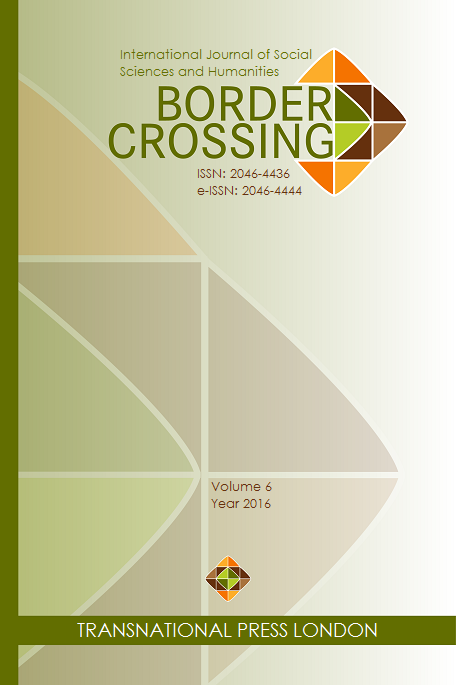Madame Bovary’yi Beden Diliyle Okumak
Reading Madame Bovary through body language
Author(s): Hanife Nalan GencSubject(s): Social Sciences, Gender Studies, Aesthetics, French Literature, Theory of Literature
Published by: Transnational Press London
Keywords: Gustave Flaubert; Madame Bovary; Emma; body language;
Summary/Abstract: Madame Bovary, Gustave Flaubert’s well-known novel, is regarded as the first modern realist novel. The novel tells the story of the agonies and collapse of a young middle-class woman who becomes degenerated because of betrayals rather than telling the secret love affairs and her tragic life. Some certain reviews about the novel will likely to have a different meaning when Emma’s inner world is thoroughly analyzed. Thus, the most efficient way is to read her body language. Indeedö when the protagonist is analyzed, it will be clearly seen that all her emotions, ideas and expectations are told through body language rather than verbal communication. This can be deduced from Emma’s description, her relationship with her surroundings, her thoughts about the things, her lovers, her expectation of being loved and her pursuit of happiness. Re-reading the novel from this perspective will be important about revealing the profound and hidden meanings in it. Emma, who is described as a female character pursuing her unsatisfied passions, goes after an impossible happiness for the sake of loving and being loved. For the author Emma becomes the victim of the senselessness and idiocy around her. As it can be understood from the novel, Emma is always open and intimate about her feelings, yet her husband and her surroundings do not even try to understand her, and this leads Emma to retire into her own shell like a cocoon, to isolate her from the outer world and to minimize her relationship with life. Throughout the novel, Emma uses different versions of non-verbal communication in her relationships with her husband Charles, Léon, Rodolphe, the other people and local people. Emma uses non-verbal communication methods such as way of dressing, tone of voice and intonation, intimacy and distance as a function of completing, repeating, arranging and replacing. Emma’s use of her voice functions as interpreting her feelings. Emma gives different messages to people by using her voice softly, sharply or strictly in the novel. Moreover, the quality of her voice helps the people who communicate with her to be informed about her personality. Emma communicates with facial expressions, gestures, mimics, posture, looks and voice rather than with words. When Emma dreams and remembers the memories about her lovers, all her emotions and enthusiasm are reflected and find meaning in her face. In the novel, the way of dressing is also an important form of non-verbal communication. The style of the characters reveals both the social, political and economic situation of the period and their real personalities. When Emma is invited to Vaubeyssard, Marquis d’Andervilliers in the novel, she is impressed by people’s way of dressing at first. The elegant ladies and gentlemen in that magnificent chateau becomes the center of attention in her whole life. Moreover, she names her daughter after a lady called Berthe upon hearing it in the party. Emma is so capable of using her body language to express and fulfill her wishes. For example, when Charles neglects and avoids her, Emma expresses her sadness and discomfort by merely using her body language. When she meets Léon, she can provoke the sentimentality and romanticism between them through her body language. It is beyond doubt that Emma does not use her body language against men. Especially in her relationship with her mother-in-law, Emma expresses her inner world, emotions and true feelings with body language. It can be clearly seen in the novel that Emma becomes aware of that after all the disappointing love affairs and betrayals; the only man who actually loves her is her husband when she looks at him for the first and the last time in the suicide scene. That look can be regarded as a kind of appreciation and apology. In the novel, Flaubert shows his reaction against the idealistic approach of Romanticism with Emma’s body language. An attentive reader will be aware of that Emma uses words or verbal communication, when she tries to hide her true feelings and thoughts.
Journal: Border Crossing
- Issue Year: 6/2016
- Issue No: 2
- Page Range: 267-291
- Page Count: 25
- Language: Turkish

